Tips for Transitioning from Tennis to Pickleball, and Vice Versa
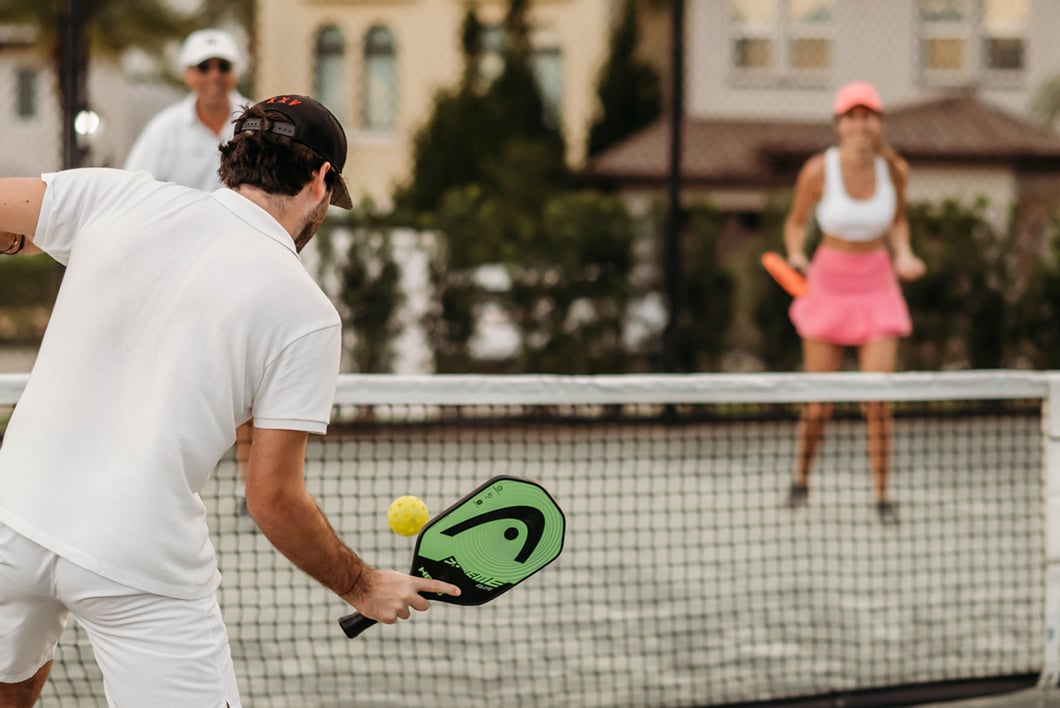
With the popularity of pickleball ever rising, it's no surprise you're considering transitioning from tennis to pickleball. Like tennis, pickleball is fun, competitive, athletic, and rampant in communities across the U.S.
While it may look like tennis on its surface, these are two very different games. If you'd like to be able to transition between tennis and pickleball, try some of these tips.
Learn the Rules of the Games
First and foremost, acquaint yourself with the specific rules of each sport. Although tennis and pickleball courts and equipment may seem similar to beginners, there are significant differences to grasp. Pickleball utilizes a heavier paddle and a lightweight ball, compared to the light racket and bouncy tennis ball. Court sizes and playing zones also vary. Understanding the rules and scoring systems of both sports lays a solid foundation for a smooth transition.
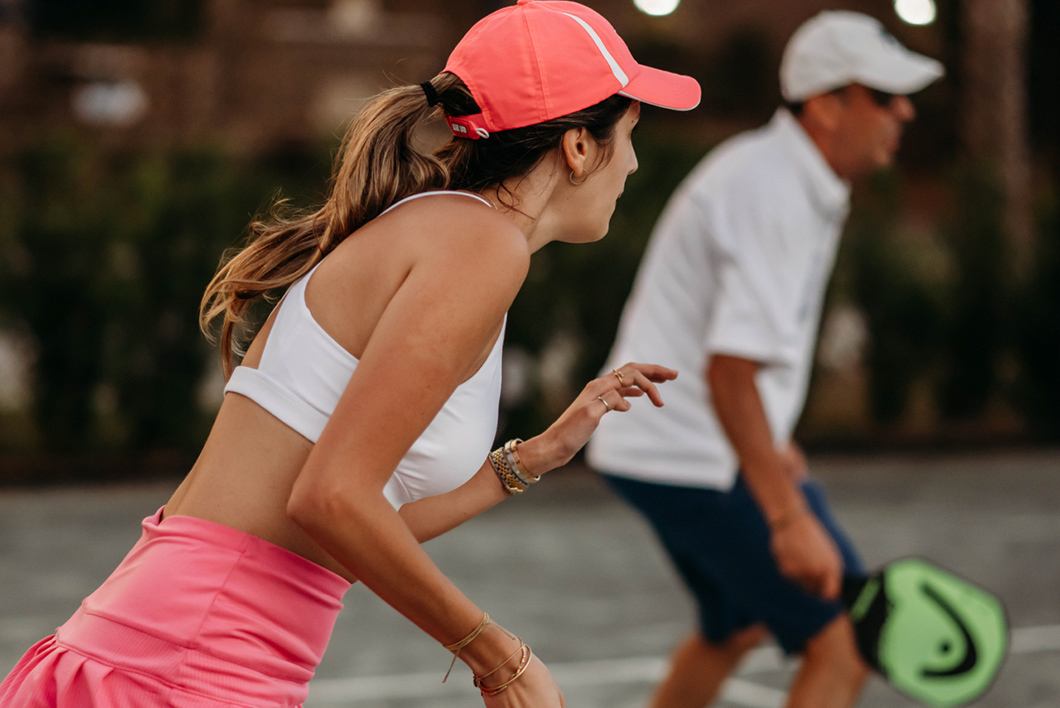
Hone Your Service Placement
Serving a pickleball is much different than serving a tennis ball. Besides the fact that a pickleball is much lighter than a tennis ball, the rules governing how each ball is served vary greatly. In pickleball, unlike in tennis, overhand serves are not permitted. Furthermore, a pickleball won't land with as much force as a tennis ball.
As a result, serving in pickleball is all about placement instead of power, as it is in tennis. Therefore, placing a pickleball serve is of utmost importance. You should practice landing your serve deep in the court to make an opponent's return as tricky as possible.
One proven strategy is to vary the serve's placement, not the depth, to keep your opponent guessing. When practicing your serve, identify where you'd like the ball to land before serving, then practice with paddle placement and serve power until you're landing your target every time.
Embrace a Short Backswing
In tennis, a powerful return often involves a substantial backswing. However, in pickleball, a shorter backswing is the key to control and efficiency. A shorter backswing consumes less energy, ensuring you have stamina for longer rallies. It also provides quicker reaction times, which are crucial when facing fast returns.
Transitioning between the two sports becomes smoother when you adopt a shorter backswing, and you can even practice this technique in your tennis matches.
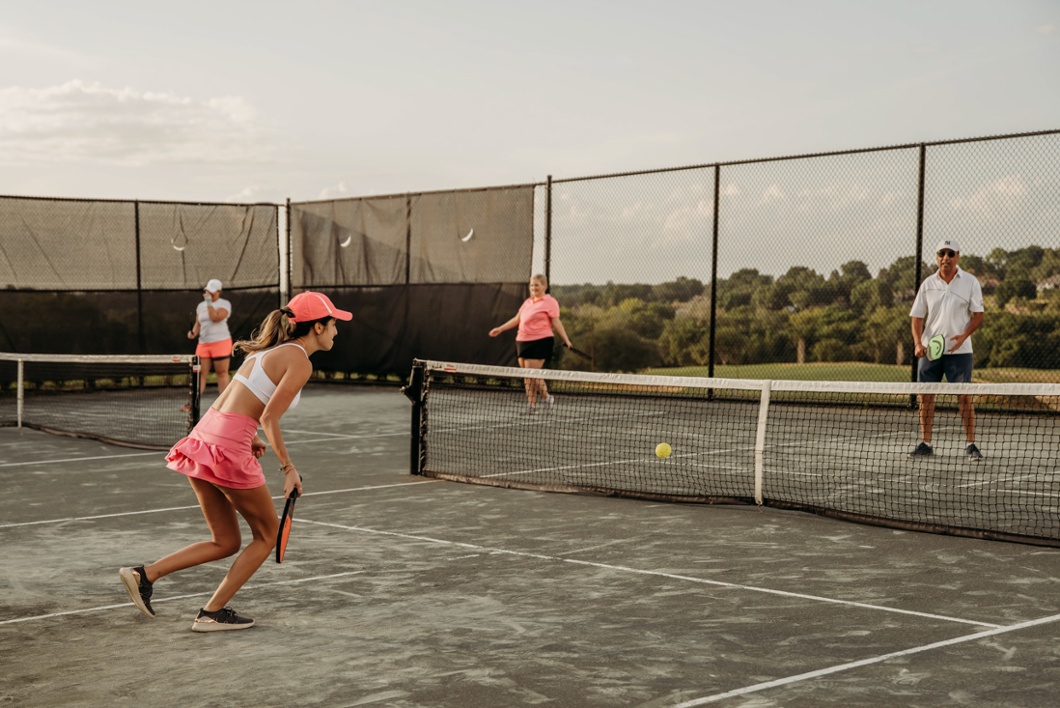
Improve Your Agility
Nimble footwork will serve you well in tennis and pickleball, but it's even more important in the latter. You have much more court to cover when playing tennis, so this sport is all about big, lateral movements.
Conversely, pickleball courts are smaller and require short, quick, deft movements. Learning to cover a smaller tract quickly is a skill that will serve you well in your pickleball game.
Learn the Different Shot Types
While tennis utilizes six primary shot types (serve, forehand, backhand, groundstroke, volley, and lob), pickleball has 14 different shot types that a player must learn. Some of the new strokes you'll have to learn as a pickleball player include the third-shot drop, overhead smash, dink, blockshot, and backhand punch, to name a few.
Getting to know the different shot types in pickleball will give you a diverse wheelhouse with which to strategize during gameplay.
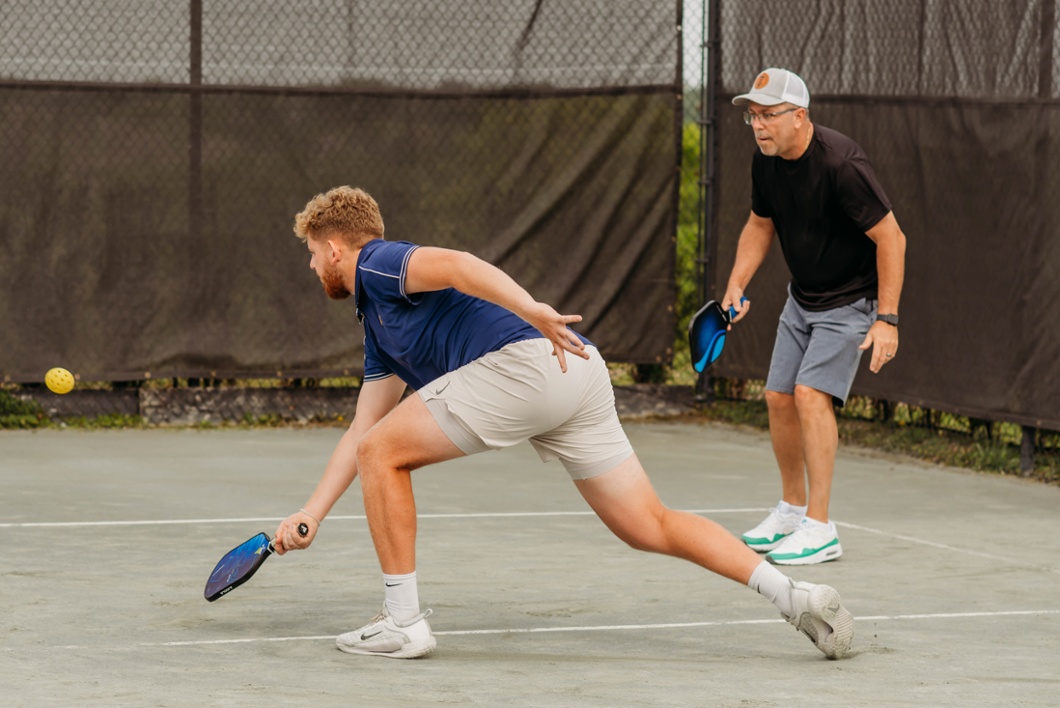
Choose the Right Grip Style
Both tennis and pickleball utilize three different grip styles:
- Eastern Grip
- Western Grip
- Continental Grip
Each of these grip styles involves uniquely holding the pickleball paddle. Deciding which grip style best suits you depends a lot on your style as a player as well as your strategy.
Essentially, each grip is best suited for a specific set of strokes. For instance, the eastern grip is good for beginners because it gives you neutral positioning suitable for both forehand and backhand strokes. The western grip equips players with a powerful forehand but can all but eliminate your power on backhand shots. Lastly, unlike the western grip, the continental grip lends itself to backhand shots.
Once you learn the different pickleball strokes and develop a game strategy, you can determine which grip is best for your game.
Get Out There and Play!
The only true way to get your pickleball game off the ground is to get out there and play. Working with a coach and a partner and clocking hours on the court are the best ways to transition between tennis and pickleball. Join clubs, meet up to play with others, and watch matches to immerse yourself in the game.
If you're unable to work or play with others, practicing against a wall can help improve your strokes. You can do many drills alone to work your pickleball skills. Try these exercises when you're unable to play with others:
- Practice serving
- Walk the court to learn its area and limits
- Place targets and volley for accuracy of placement
- Practice the footwork used in the no-volley zone
- Practice your form and swing in a mirror
Practicing pickleball alone isn't ideal, but if you're committed to playing well, these solo drills could help tremendously.
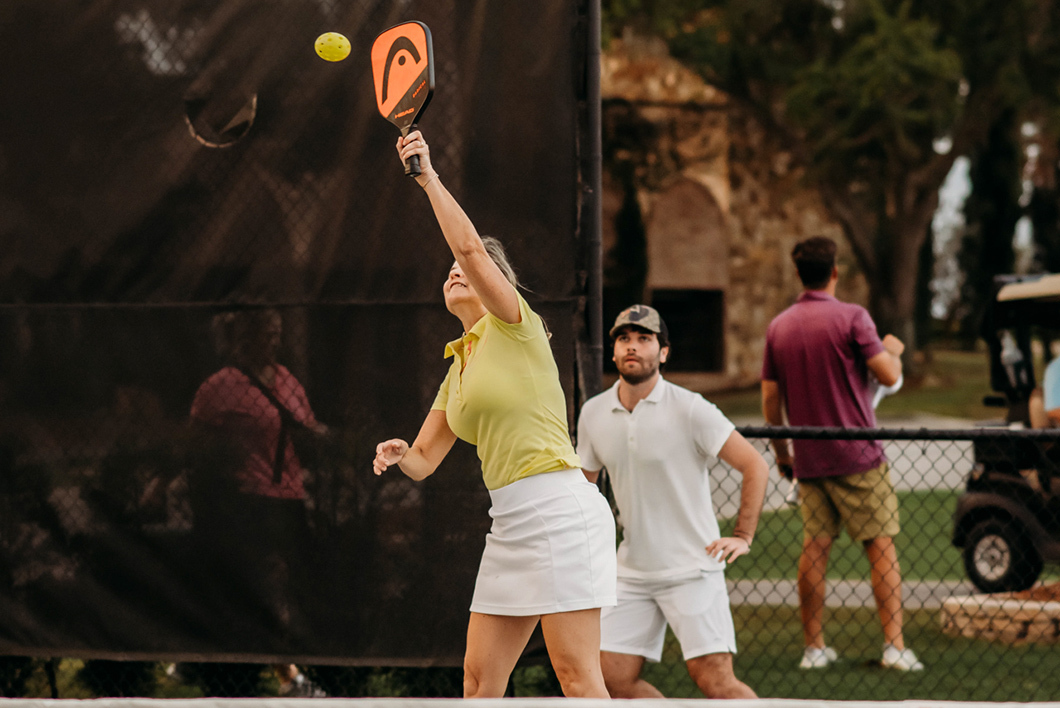
Finding the Best Home Courts
Whether you're looking to move away from tennis entirely or go back and forth between the two sports, having a home court to play on is imperative. Accessibility to tennis and pickleball courts might be difficult in public neighborhoods; however, if you live in a private community that provides residents with access to both, you'll never have to fight for court time again.
If you're looking for the best place to play tennis and pickleball in Central Florida, discover life at Bella Collina. Besides private courts, this luxury gated community provides residents access to other incredible amenities. From year-round golf to a resort-style swimming pool and a private clubhouse to an on-site spa, Bella Collina is a beautiful community to live, play, and socialize.
Contact us today to schedule an appointment to visit Bella Collina.

